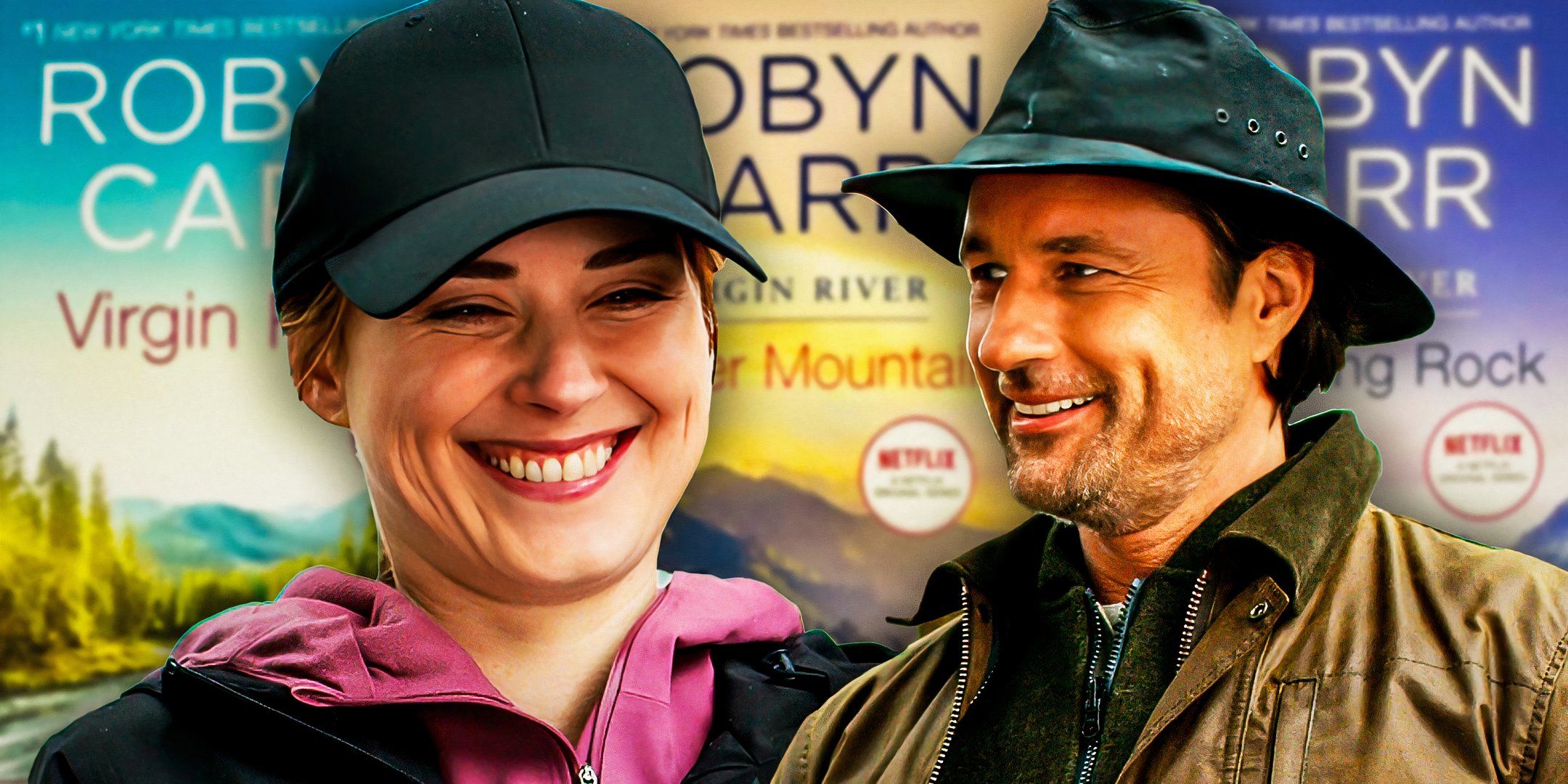Netflix’s Virgin River has always thrived on the delicate balance of romance, suspense, and small-town charm. Since its debut, it has captivated audiences with emotional storytelling,
relatable characters, and shocking plot twists. Yet Season 6 marks a bold new chapter in the series—a season that dares to rewrite the rules, deepen character arcs,
and push the beloved town of Virgin River into uncharted territory. Here are the seven most significant changes in Season 6 that are redefining the series and keeping fans on the edge of their seats.

1. Jack and Mel’s Relationship Faces Its Toughest Test Yet
Jack Sheridan and Mel Monroe have always been the emotional core of Virgin River. Their romance, layered with heartbreak, healing, and hope, has anchored the series from the very beginning. But in Season 6, the couple confronts obstacles that make even the strongest love falter.
Mel continues to grapple with the devastating miscarriage from Season 5, and her choice to pause trying for another child weighs heavily on both partners. Jack, meanwhile, struggles with personal insecurities and buried emotional scars. This season presents viewers with a relationship that is less fairytale and more reality—a love tested by grief, fear, and uncertainty.
Fans are left asking: can love endure when life relentlessly challenges it? Season 6 doesn’t offer easy answers, making every scene with Jack and Mel feel raw, authentic, and urgent.
2. A Mysterious New Character Arrives in Virgin River
Every season introduces newcomers, but Season 6’s addition is more than a passing character. A mysterious outsider enters town, ostensibly seeking a fresh start. Yet, in classic Virgin River fashion, nothing is as it seems.

This character ignites tension, exposes hidden secrets, and disrupts established relationships. By the finale, viewers realize their presence is catalytic, reshaping the dynamics of the entire town and signaling that Season 6 is not content to play it safe.
3. Hope McCrea’s Road to Recovery
Hope McCrea, the town’s resilient mayor, takes center stage this season. Following a life-changing accident, Hope’s physical and emotional recovery becomes a major storyline.
Season 6 highlights her vulnerability, frustration, and ultimate triumphs, offering a portrait of strength that resonates deeply. Her evolving relationship with Doc Mullins reflects the season’s broader themes: love matures, resilience matters, and healing is rarely linear.
4. Brie and Brady Confront Impossible Choices
The tumultuous romance between Brie and Brady intensifies in Season 6. The couple grapples with unresolved trauma, complicated pasts, and external pressures that threaten to pull them apart.
Fans watch as two people in love struggle to reconcile their differences, navigate emotional scars, and make choices that could change everything. Their storyline is a gripping exploration of how love and trauma intersect, reminding audiences that passion alone isn’t always enough to sustain a relationship.
5. Preacher Faces a Test of Loyalty
Preacher has long been Virgin River’s moral compass—the protector, confidant, and steadfast friend. But Season 6 challenges his sense of duty in ways he has never faced before.
A long-buried secret from Preacher’s past resurfaces, forcing him to choose between self-preservation and protecting those he loves. This storyline not only tests his loyalty but also asks viewers to consider the moral ambiguities of doing “the right thing” in a world where consequences are rarely black and white.
6. Doc Mullins Contemplates the Future of His Career
Doc Mullins has been the heart of the town’s medical clinic, a stabilizing force in the lives of all who reside in Virgin River. In Season 6, his declining health and increasing awareness of his limitations spark a difficult internal debate: is it time to retire?
Doc’s potential exit carries implications far beyond his own storyline. His departure would ripple through the town, challenging its sense of stability and highlighting the fragility of small-town communities. The season delves into universal fears—losing purpose, aging, and redefining identity—making Doc’s journey both intimate and universally relatable.





